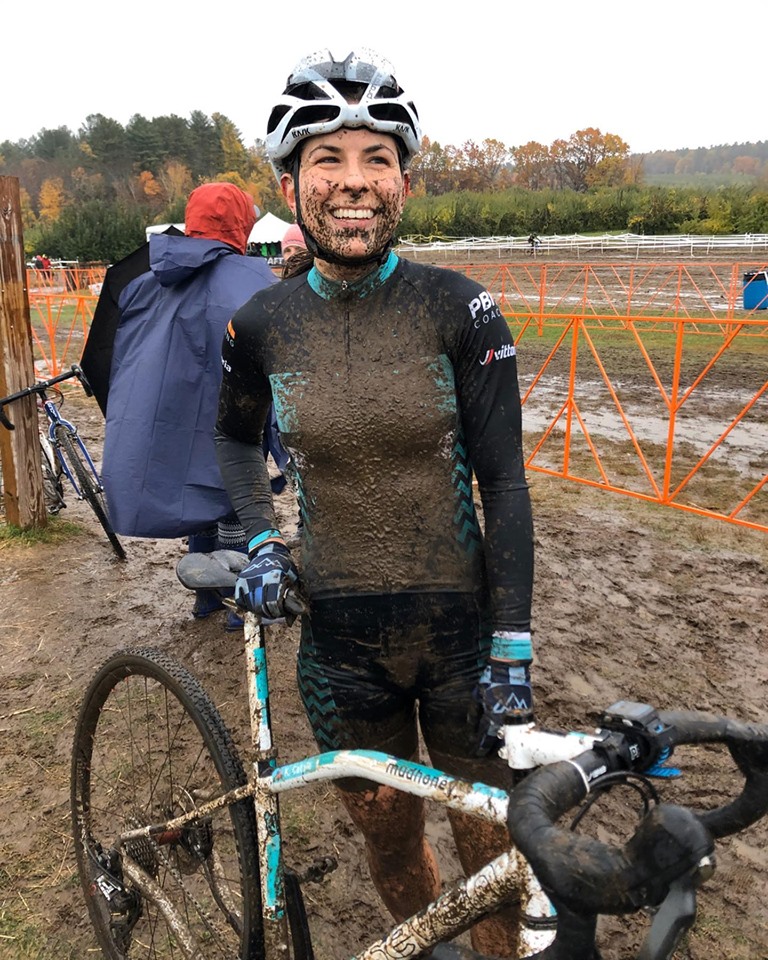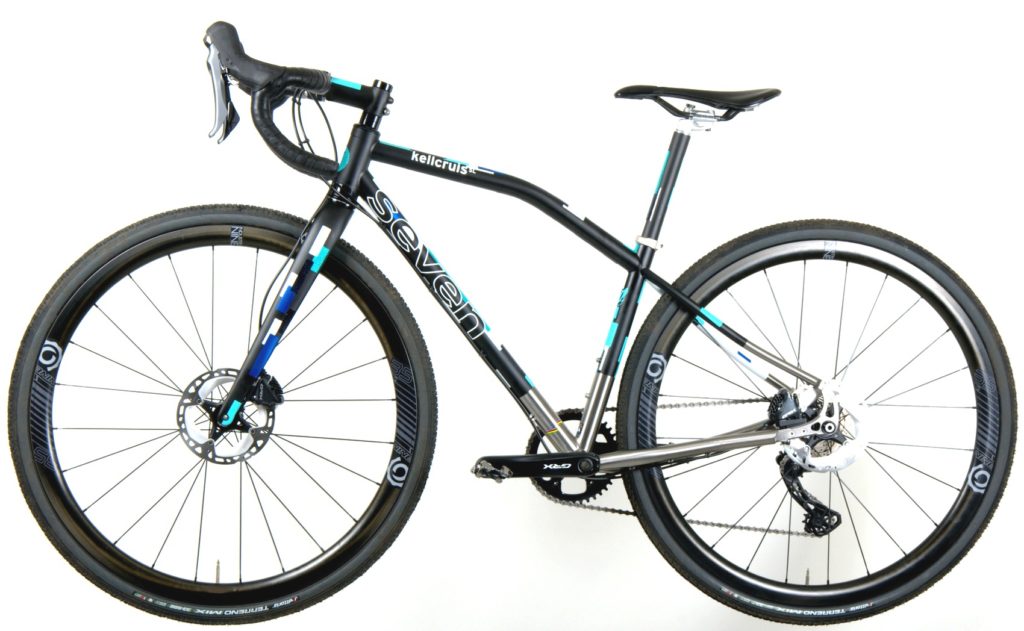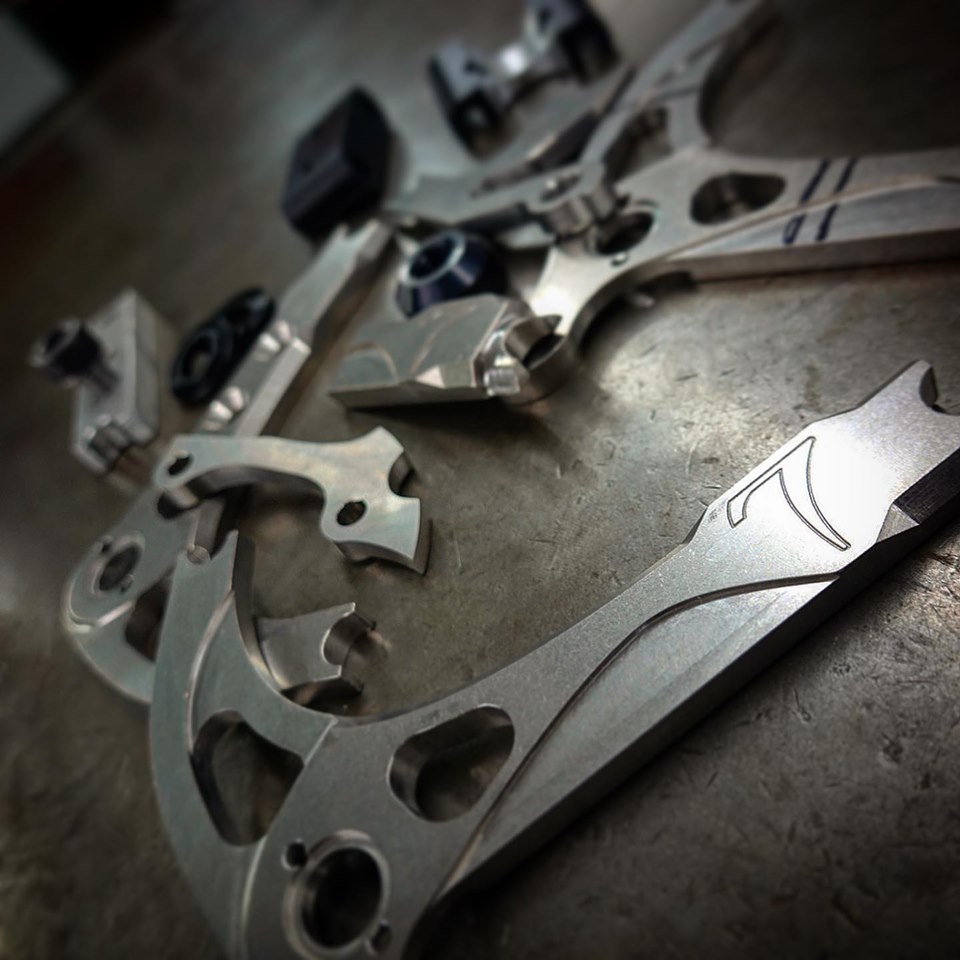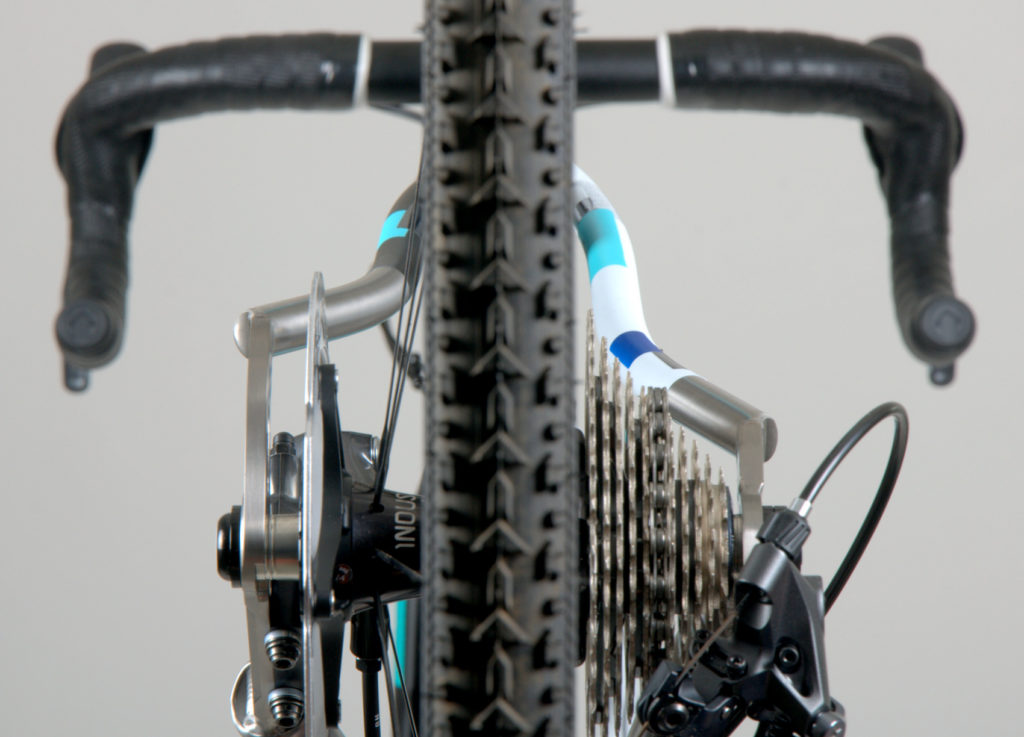Well, it’s not really supposed to go like this, or maybe you hope it does, but you think you probably have more time than you end up having.
But we built a new race bike last week, and then before we could post about it being done, it won a race.
Kelly Catale did it again at Orchard Cross Cyclocross Race

Introducing the KellCruis SL, a radical departure from your everyday cyclocross racer. What we’ve done here is take our Mudhoney CX platform and pushed it forward to its logical conclusion, something entirely new, akin to the way our Scrambler bikes took the gravel category forward.
This is part of the Seven Racing Optimized EXotica series, or ROX. These are bikes that might exist as a single unit for a special rider (in this case Kelly Catale), or as a new model in our line. The name “Cruis” is a bastardization of “Kruis,” which is Dutch for “cross.”

What will jump out at you is, of course, the curved top tube. To us, it’s reminiscent of the cafe racer motorcycle profile. The bend is located for optimal shouldering during running sections of CX courses.
The significant but less obvious benefits of the curvature are:
1. It allows us to shorten the seat stays and seat tube, which saves weight.
2. The smaller rear triangle is stiffer and so gives better power transfer.
3. The added seat post exposure helps the bike absorb ruts and bumps, i.e. it gives better vertical compliance.
4. The bike’s center of gravity is lower, which makes it easier to body around tight corners.
5. Pushing up hill you can lean into the bend rather than pushing along the top tube.
6. Lifting the bike over barriers is more ergonomically efficient.
What is less noticeable in photos is the new asymmetric rear end, which pushes the absolute limits on weight and stiffness.

First, the prototype dropout pair is 48 grams vs. 100 grams. That’s 2 ounces we remove by reducing the amount of 6/4 titanium plating we need to support axles and brake mounts.
Second, we use 1″ chainstays, again, to maximize power transfer. The driveside stay is dropped also, to shorten the rear end and improve traction.
Third, the seatstays are both asymmetric AND offset (offsymmetric?). This is a logical outcome of reducing the dropouts to their optimal size, and it has the knock on benefits of making the bike lighter (seatstay tubing is lighter than dropout plating) and also stiffer (larger diameter tubing is stiffer than narrow plating).

There is not one symmetric aspect of the rear of this bike, but it remains perfectly balanced and aligned.
